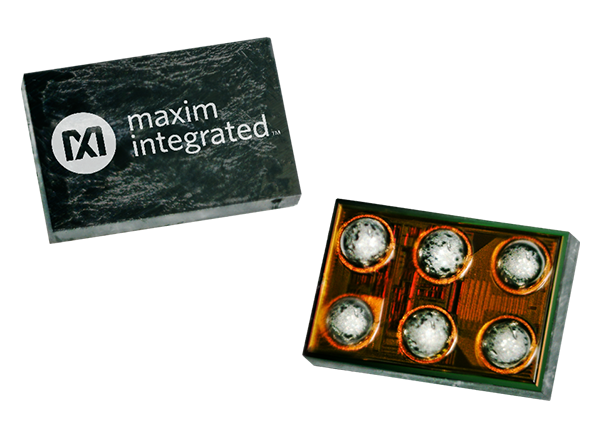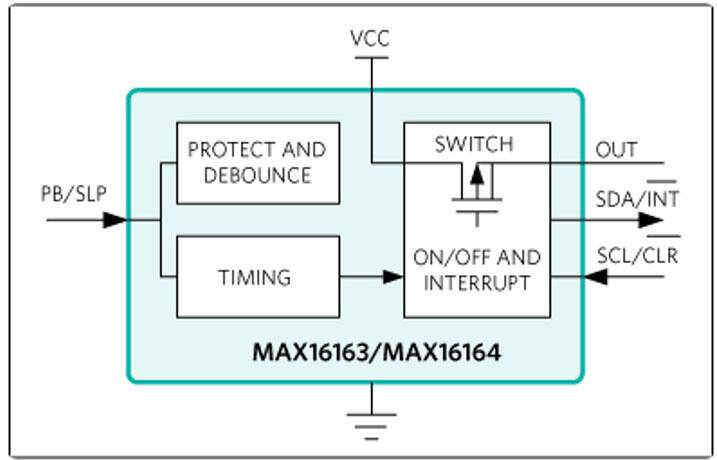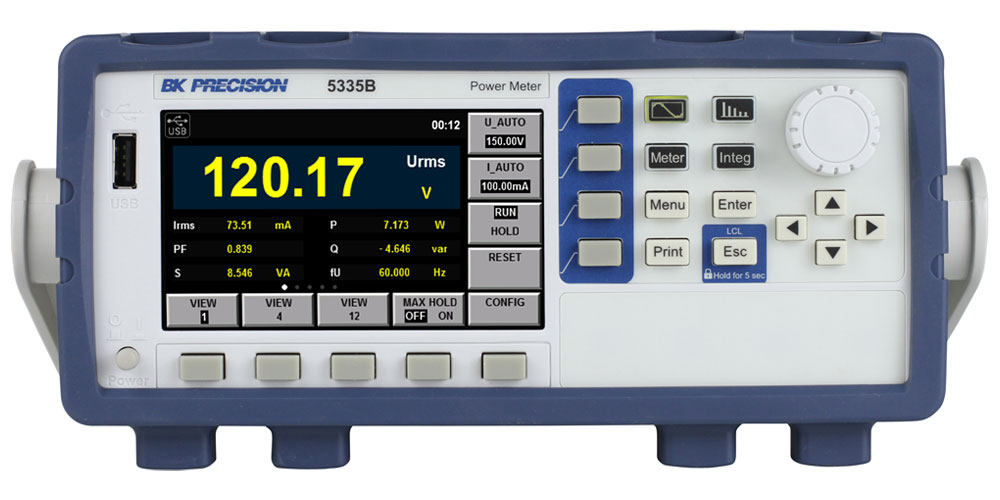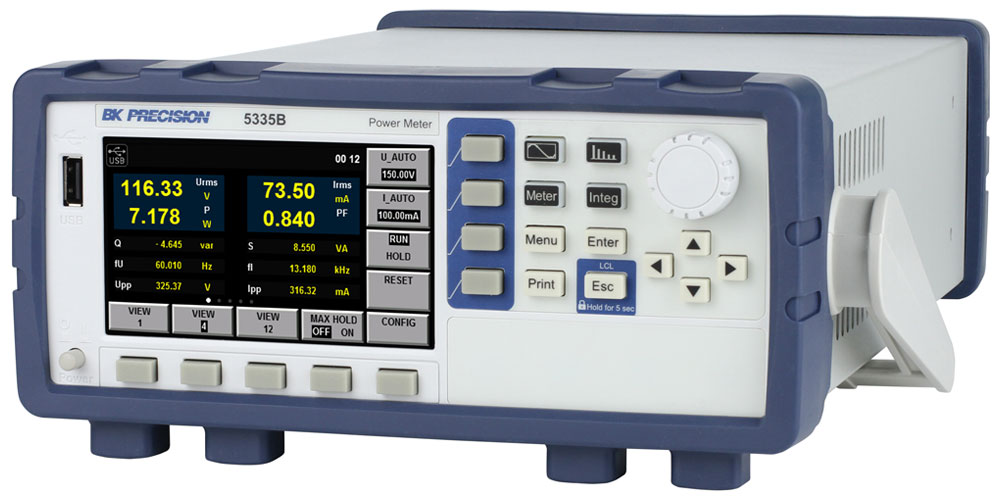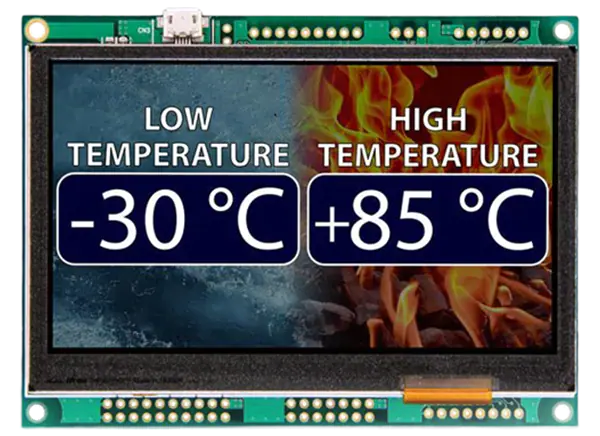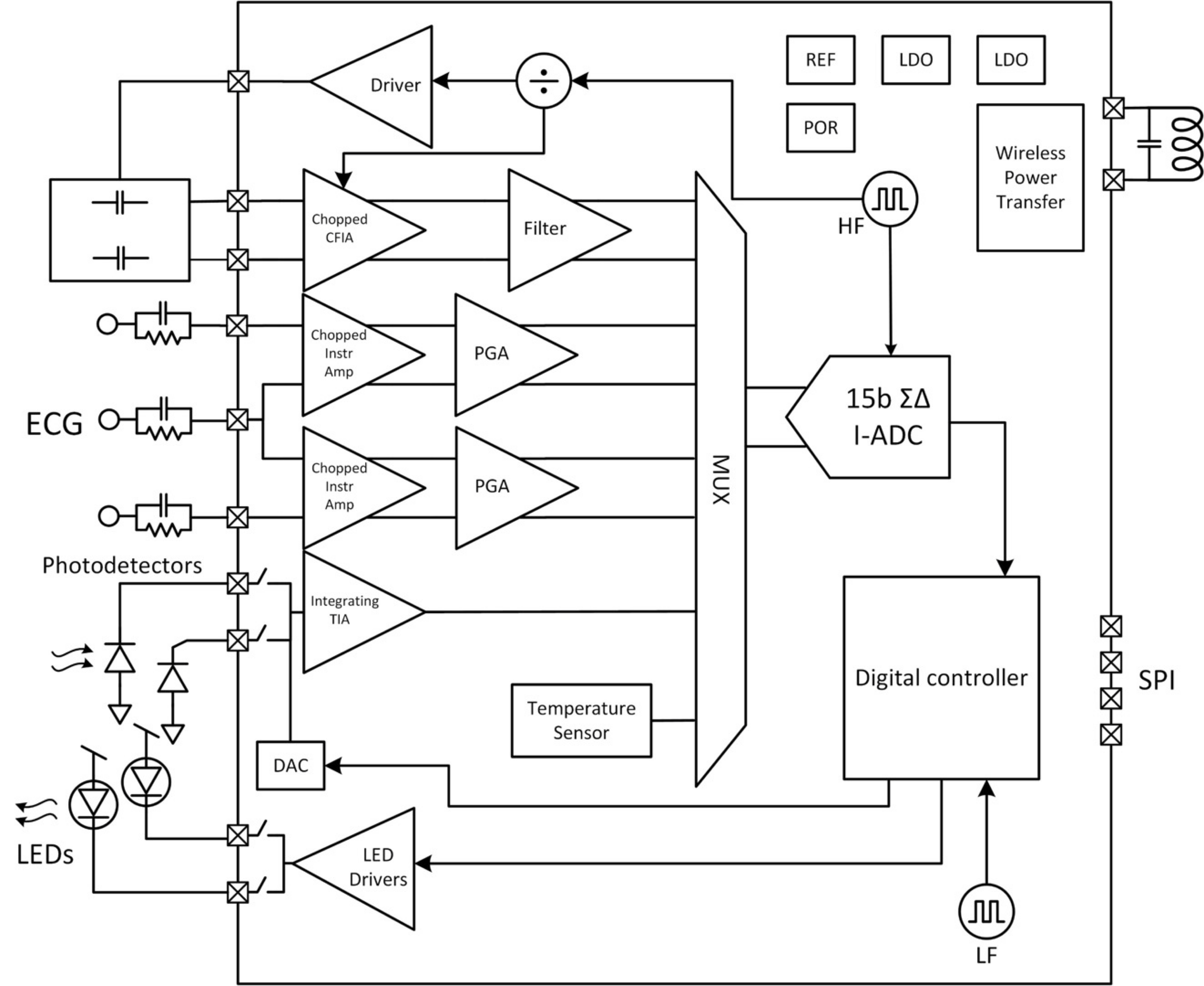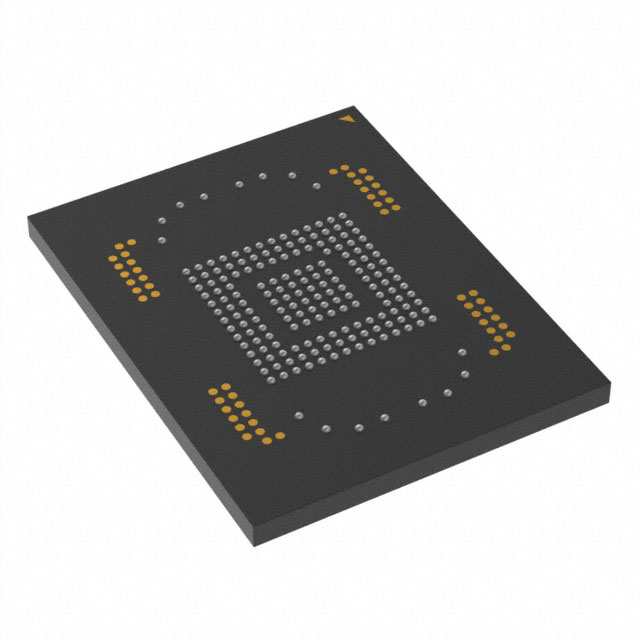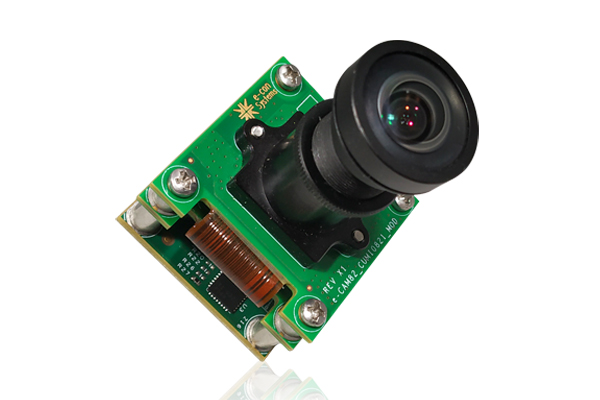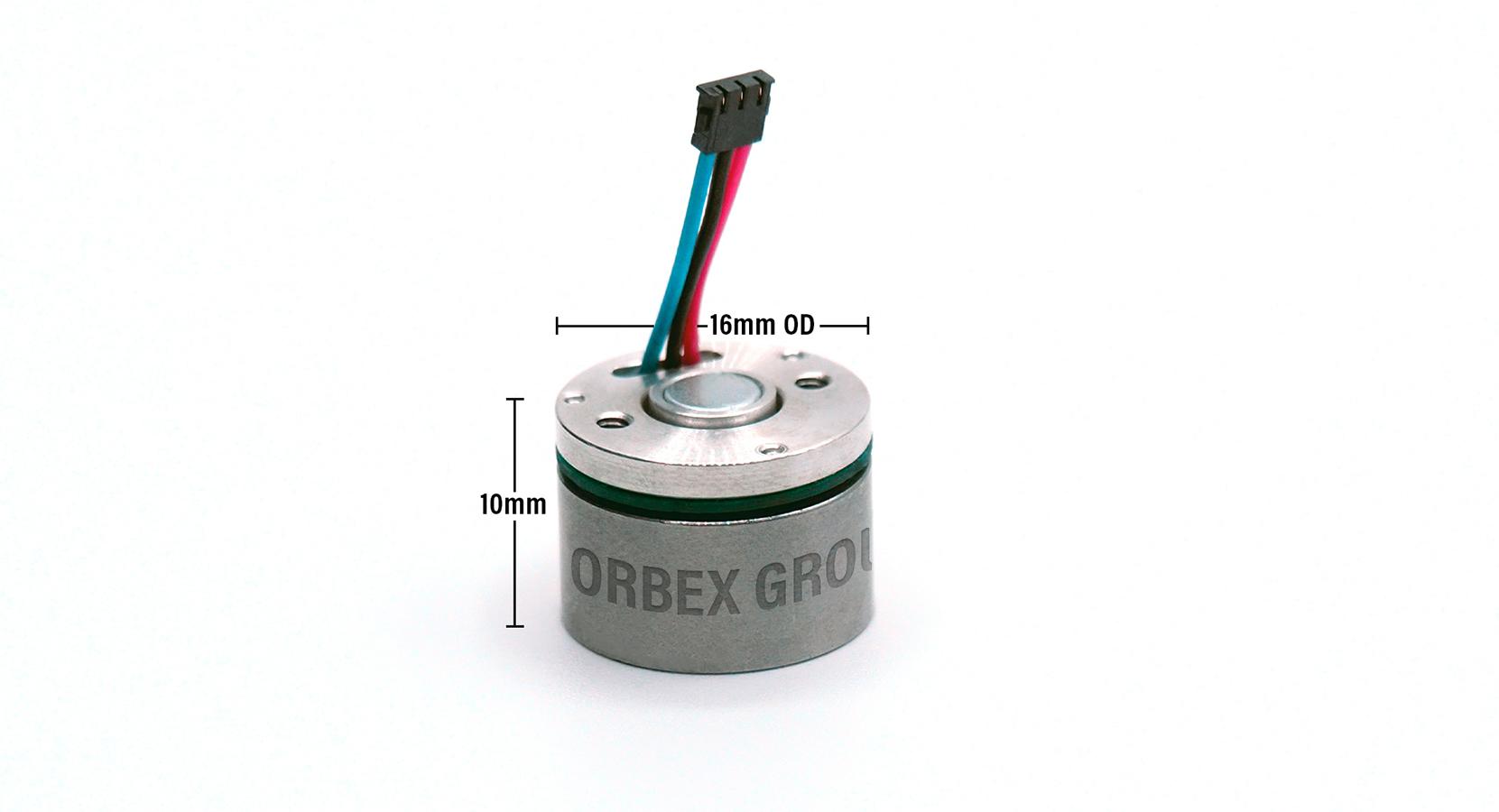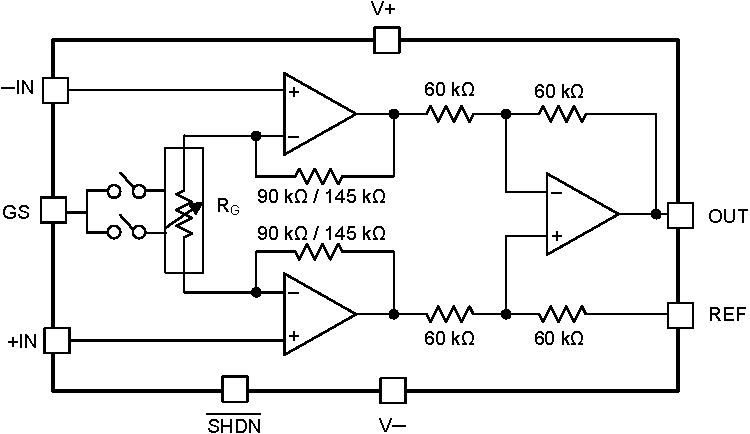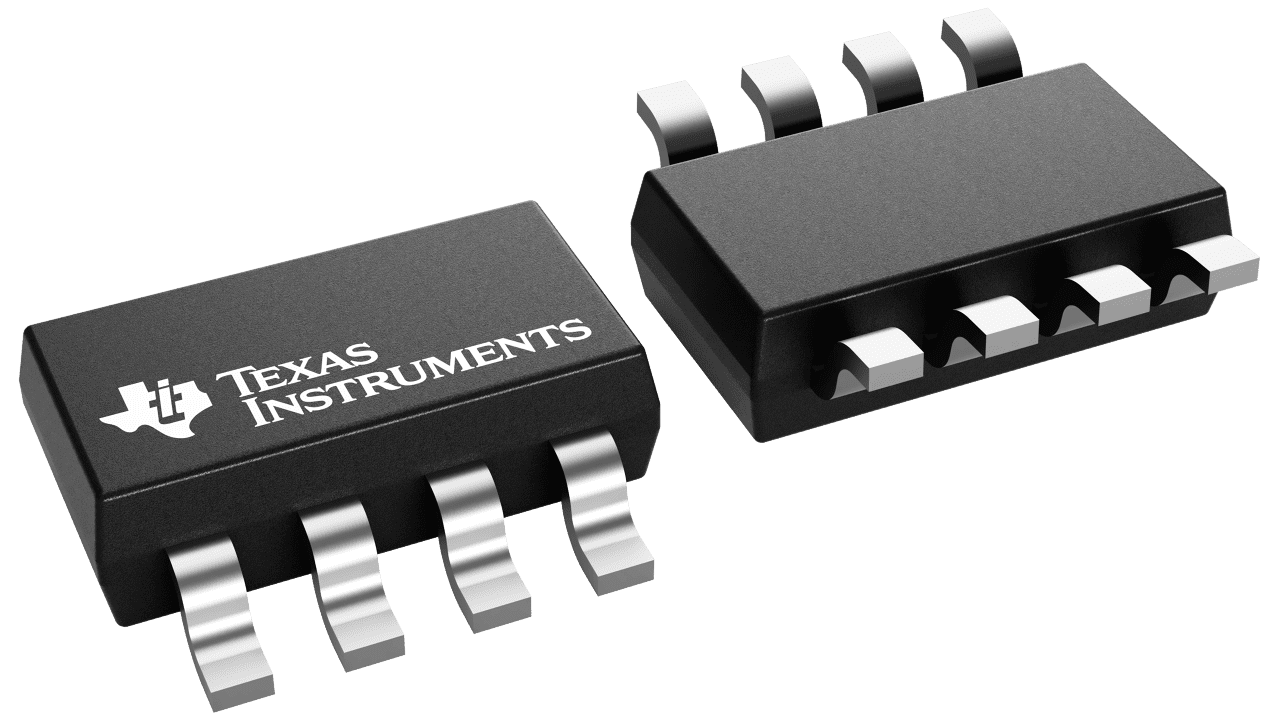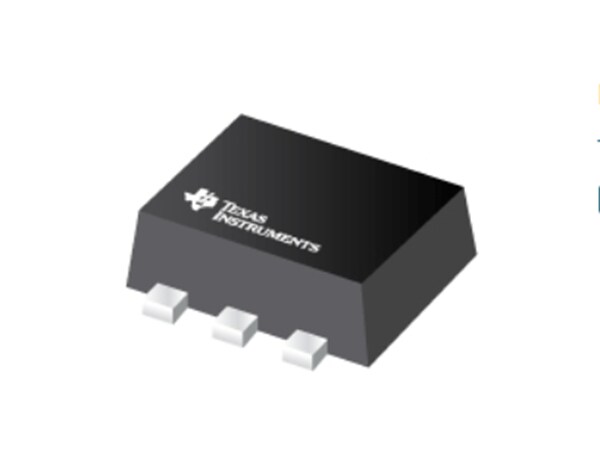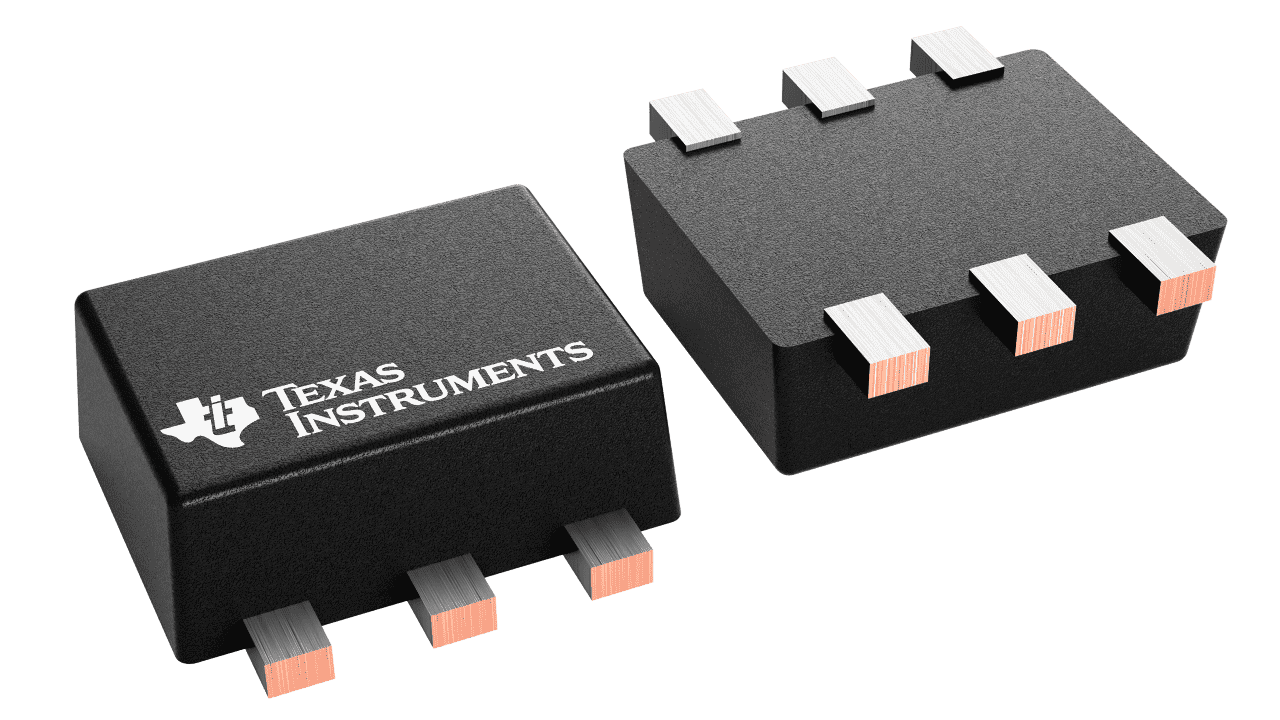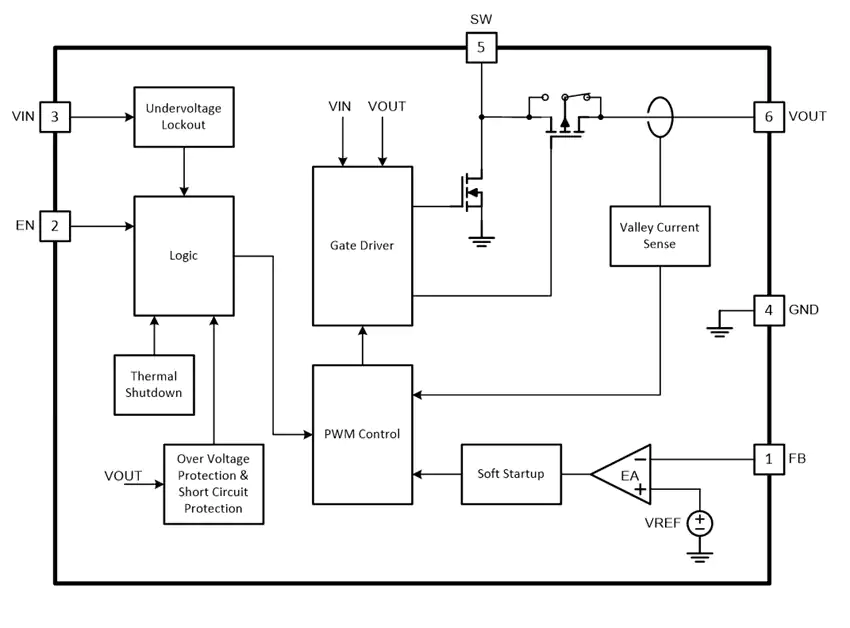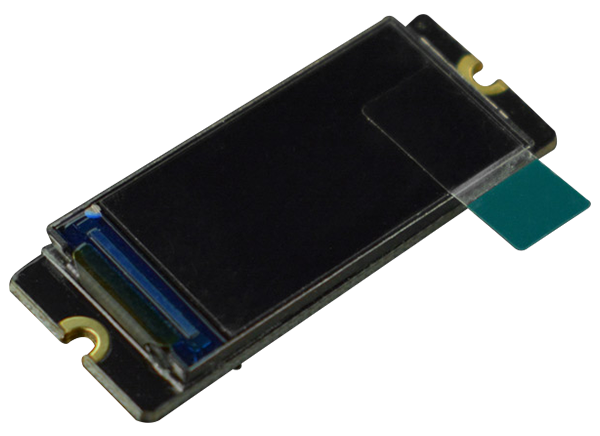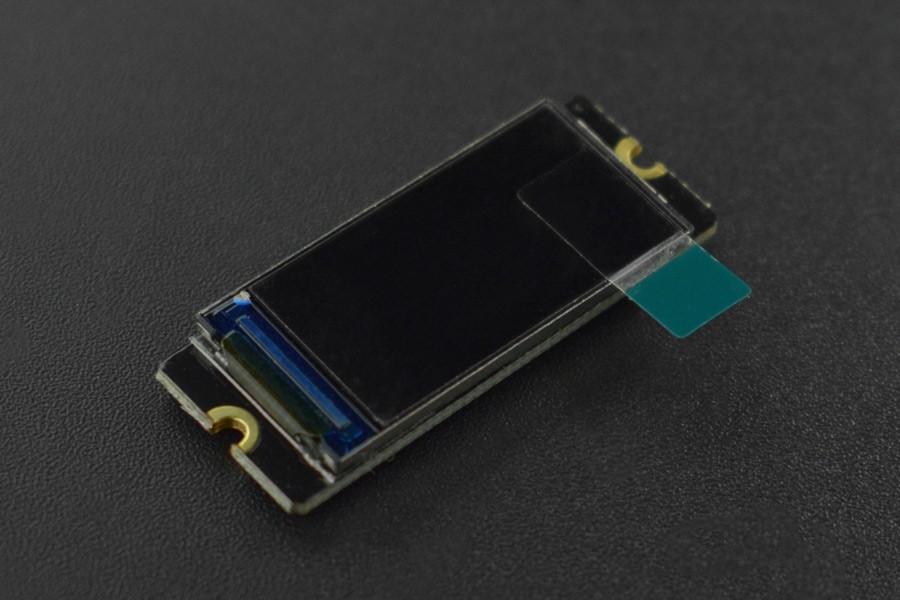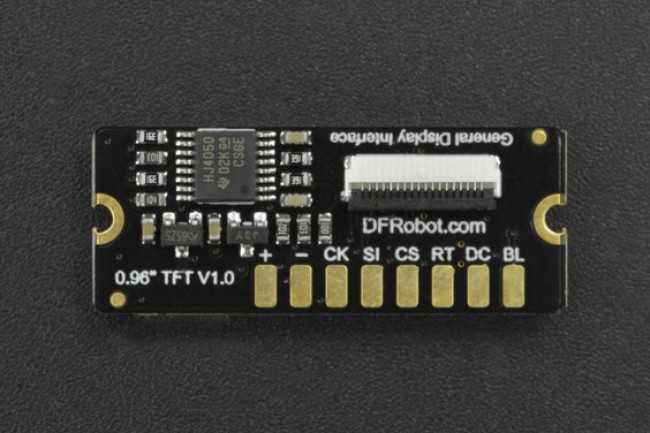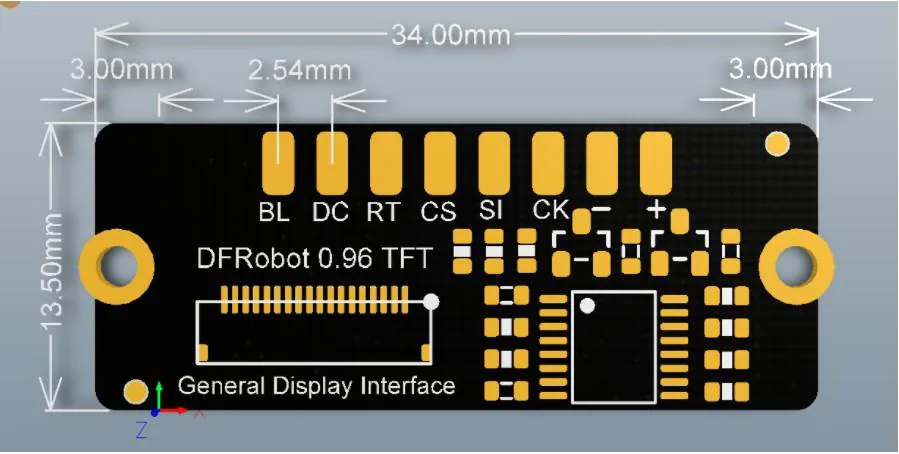
Since 2019, The EV Market has taken great strides and is set to transform the automotive industry. Automotive OEMs have increased spend on R&D on electric models and sustainable technology.
Governments have introduced regulations and incentives to accelerate the shift to electric vehicles. Europe spearheaded this development, where EV adoption reached 8 percent due to policy mandates such as stricter emissions targets for OEMs and generous subsidies for consumers. Consumer attitude and increase awareness has led to a greater adoption of Electric Vehicles.
However, despite the promising trajectory of the EV market, some consumers have encountered challenges with their electric vehicles. From battery degradation to software glitches, a subset of buyers has faced frustrations that echo traditional automotive woes. Imagine eagerly embracing the future with the purchase or lease of a cutting-edge electric vehicle, only to be met with persistent issues that disrupt daily life.
In such cases, seeking recourse through legal avenues becomes necessary. Residents of California, in particular, benefit from robust consumer protection laws, including provisions for defective vehicles. Consulting a lemon law attorney in California can provide invaluable guidance and support for those grappling with the complexities of automobile malfunction and recourse. By navigating the legal landscape with expertise and diligence, these attorneys empower consumers to assert their rights and seek redress for their grievances, ensuring that the promise of electric mobility remains untarnished by individual setbacks.
In light of the challenges some electric vehicle owners may face, the role of expert auto repair services becomes increasingly crucial. Whether dealing with traditional internal combustion engines or cutting-edge electric powertrains, reliable maintenance and repair services are essential to keeping vehicles on the road. Blue Wrench Auto, a reputable establishment known for its commitment to excellence, stands ready to assist electric vehicle owners in resolving any issues they may encounter. With their specialized knowledge and state-of-the-art equipment, Blue Wrench technicians can diagnose and address a wide range of electric vehicle issues efficiently and effectively. With their assistance, electric vehicle owners can overcome obstacles and continue to enjoy the benefits of emission-free driving with confidence and peace of mind.
Amidst the evolving landscape of electric mobility, the role of infrastructure becomes paramount. While the focus often rests on the vehicles themselves, the availability and reliability of charging stations are equally crucial for seamless integration into daily life. A swift search for electrician near me can link residents to experts like Advantage Electric, who are licensed and contracted to install Electric Vehicle charging ports in homes and businesses across Minnesota. This convenient accessibility to skilled professionals ensures that the transition to electric driving is not impeded by logistical hurdles but instead facilitated by efficient and effective solutions.
Advantage Electric’s expertise transcends mere installation; they possess a deep understanding of electric vehicle charging systems, tailoring solutions to match the unique needs of each client. Their commitment to top-notch craftsmanship mirrors the ethos of the evolving electric vehicle market, where reliability and efficiency reign supreme. Through collaboration with esteemed partners like Advantage Electric, the aspiration for a sustainable, electrified future isn’t just a distant dream but rather finely tuned to meet the demands of contemporary consumers.
A Deloitte report suggests that the global EV markets is to grow with a CAGR of 29 per cent achieved over the next ten years: Total EV sales growing from 2.5 million in 2020 to 11.2 million in 2025, then reaching 31.1 million by 2030.
Benefits of Telematics for Electric Vehicles
- Driving Experience: In Electric Vehicles, it is very important for the driver to know the range of the vehicle, know his next charging station and plan his trip accordingly. The Telematics unit can determine the location of the vehicle, and through mapping and information on the range and available chagrining infrastructure, can help pre book the charging spot at a location to save time.
- Charging Analytics and EV Energy Usage: Telematics can help monitoring the charge level, battery health and provide valuable data required to improve the vehicle algorithms. Continuous updates and advancements on charging time, battery size and weight are being taken up by EV manufacturers. The real time data provides the manufacturers with a rich data source for their development and analytics. Such analytics can also help notify on the battery status of your vehicle.
- Fleet Management and route mapping: A lot of last mile delivery trucks are now powered through batteries. Field service managers can work through an effective route management, benchmark vehicle utilization, monitor charge reporting, and measure whether their plans are effective in reducing costs and emissions.
- Alerts and Notifications: The telematics units can determine the state of charge of the battery and alert the driver through an SMS on the need to find a chagrining spot immediately. Alerts such as an issue with the battery can be provided on real time to the driver to avoid troublesome situations on the road.
- Firmware Update: With continuous advancements on the charging algorithms and software of an electric vehicle, the telematics unit can also act as a bridge for firmware update of the ECU and electronics within an electric vehicle. The telematics unit with LTE connectivity can be connected to a server for updates and an OTA update mechanism.
Successful EV Management with Telematics
- Receive notifications when batteries reach critical status and is time to charge
- Cost Reduction by planning of charging cycles based on the peak electricity rate times
- Performance reporting and finding out impact and return on investment through electrification
- Recharging priorities based on state of charge and operational schedules

Telematics Hardware for Electric Vehicles
To connect to the electric vehicles, you can utilize a Telematics Control Unit or a gateway. Integrated with 3 CAN Ports and wireless technologies such as 4G, Wi-Fi and Bluetooth, a powerful telematics control unit is what can enable intelligence on an electric vehicle.
The provision for 3 CAN Ports makes the telematics control unit an ideal fit for electric vehicles. Different CAN ports can be connected to the different terminals within the EV Backbone to tap different data points on different CAN buses.
Unlike conventional vehicles, EVs do not follow mandatory telematics data standards, making data access a challenge. Hence, the LINUX powered telematics control unit provides the software flexibility and transparency to be compatible with different makes and models of electric vehicles.


The wireless technologies provide the capability to power different uses cases such as SMS alerts and notifications to the drivers and fleet owners. Wi-Fi can help in firmware update of the ECU and vehicle electronics when connected to your home networks and lay the foundation for the ever-evolving use cases.
EVs have unique metrics that need to be monitored to optimize their performance, range and return on investment, making telematics a must for electric vehicles.
Learn more at:
To get in touch with us for inquiries and further information, please write to mktg@iwavesystems.com or contact our Regional Partners.


